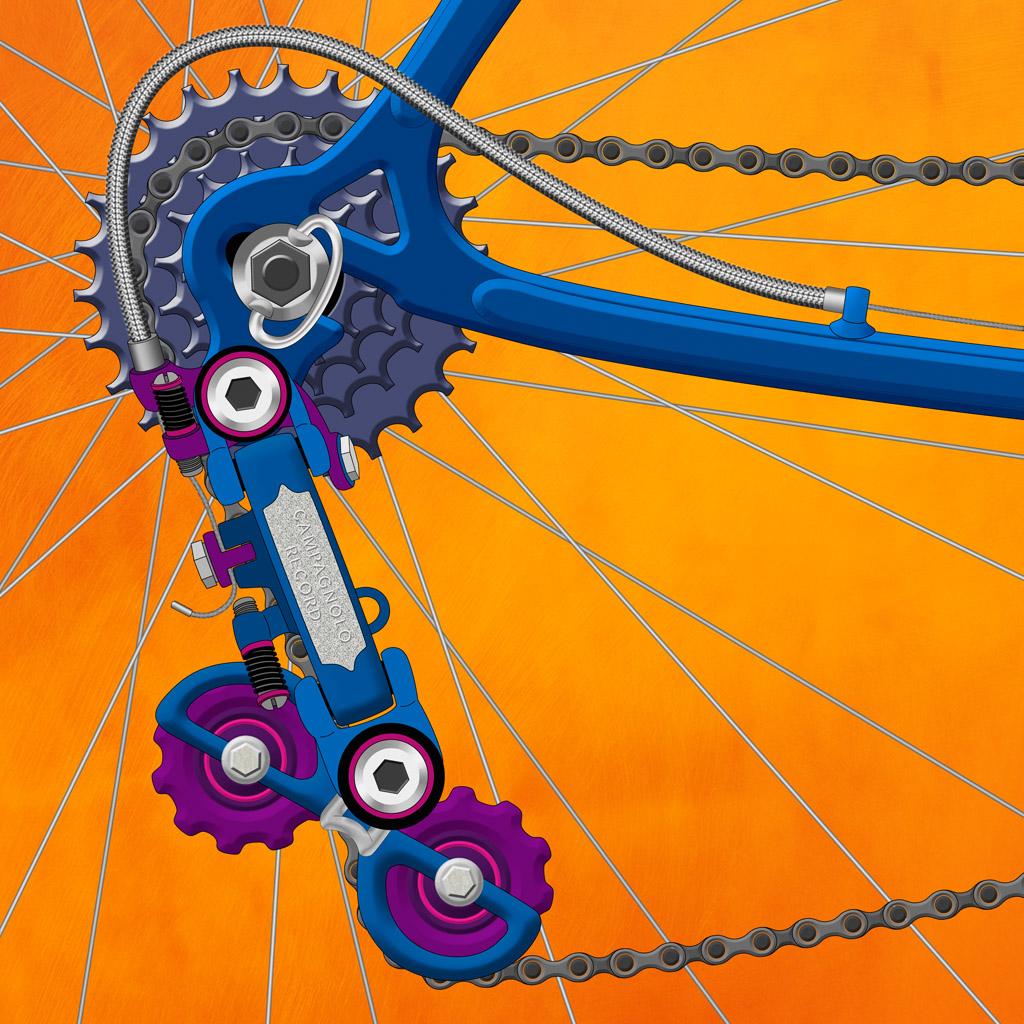1. What’s a limited edition?
To keep down the cost of each piece and to help maintain the value of your investment, I release each artwork (with the exception of my Fingerprints series—Gallery 3) in a strictly limited edition of 10. So that potential buyers are clearly informed, each print is labelled on the back as “Edition 1/10”, “Edition 2/10”, etc.
2. How should I care for an artwork printed on aluminium?
Artworks printed on aluminium are robust. The print quality is archival and, correctly looked after, the artwork will last for many decades. However, prints can be damaged if they are mishandled. Keeping the print clean and avoiding fingerprints or dirt is important to maintain the visual appeal of the work. Be especially careful when handling your print. Pick it up by holding the frame (touching only the surrounding wooden frame, the hanging cord or the aluminium support frame on the back). Always avoid touching the surface or metal edges of the artwork.
CAUTION: The edges of the print are vulnerable if you scrape against them (e.g. with a finger, cloth or other material). In worst cases, small flakes of the image can come away. In cleaning the image ALWAYS move from the central area of the print towards the edges: NEVER rub from the edges towards the centre.
If you accidentally get fingerprints or dirt on the print surface, this is how you should remove them.
- Dust or other light material can often be removing by gently brushing it off with an unused artist’s paintbrush or a clean microfibre cloth (designed for cleaning glass). ALWAYS move from the central area of the print towards the edges.
- More stubborn marks, such as a fingerprint, can usually be removed by gently rubbing them with a clean microfibre cloth. I find this method will remove all but the most persistent marks.
- If a clean microfibre cloth doesn’t remove the mark, try dampening the cloth with a small amount of isopropyl (rubbing) alcohol and gently rubbing the mark. If that combination fails, the mark is probably not coming off!
If you need to dampen the cloth, it’s important that your solution does not damage the printed surface or leave streaks. The best choice is isopropyl, used judiciously, as it dries streak-free, leaving the surface clean and glossy. I don’t recommend using detergent, window-cleaner or other cleaning solvents.
Only ever use a CLEAN cloth—using a dirty cloth risks dragging sharp particles of grit across the print surface, permanently scratching it. Try to avoid using towels, paper towels or tissues to clean the print. Although they may appear to work, they usually leave behind streaks, lint, etc, which will then have to be removed.
3. How should I display my artwork?
Fine art is an investment and it makes sense to look after your asset.
- Avoid putting an aluminum print face down on a hard surface as you may damage the image surface.
- Take care not to drop the print (especially if it is unframed). Rough handling can scratch, dent or bend the metal plate.
- Avoid resting an unframed print on its edge on a hard surface (such as a table or floor). This may damage the edges of the print.
Your artwork will look its best when it is framed and hung correctly on a wall.
- Hang the work as vertically as possible (ie not leaning forward too much) on a suitable hook or other picture support.
- Most (but not all) artworks look their best when viewed at eye level.
- Try to light the artwork using indirect or ambient light. Strong lighting (eg from a small direct light like a spotlight) may cause unwanted reflections and usually washes out the image.
